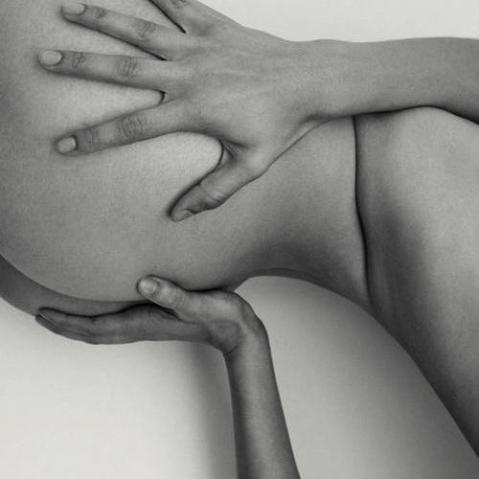Tilted horizons: how to make them work

If you’ve ever looked back over old photos you will remember how ‘off’ it feels to gaze upon a composition where the horizon is just slightly canted to one side. Our brains instinctively know that horizons should be straight, so when we see a crooked one it tends to leave us with an uncanny feeling of discomfort. If your goal is to evoke emotions in your audience, chances are that discomfort isn’t the feeling you’re going for. Perhaps the reason it makes us feel that something is wrong is that we’re unconsciously used to aligning our heads with the horizon if we can see one—even if it is in a photograph.

It’s hardly surprising, then, that one of the key rules of photography is to ensure that your horizon is always straight. Always.
The ‘straight’ rule does not just apply to horizons, it effectively applies to any horizontal aspect of
a shot—such as the line of a fence, a windowsill, or a road. Any straight line that cuts through your composition—whether it’s horizontal or vertical—should be kept straight, otherwise you will encounter the same visual problems as with a horizon.

Many people who view photos with tilted horizons end up feeling like everything is going to slide out the lower side of the photo. Some will even go as far as to tilt their heads so the horizon appears straight, without even knowing they are doing it. At a minimum a tilted horizon will draw attention away from your composition, as the viewer’s eye will tend to follow the crooked horizon line out of the photograph.
Breaking the rule
From time-to-time, though, escaping from the rule of the straight horizon can be beneficial for your photos by making them more compelling or working as a leading line to draw your viewer’s eye to the subject or focal point. The key is to be bold about it and make it obvious that the horizon is deliberately wonky.

Tilting the horizon can also create a sense of movement or speed, so when shooting wildlife, boats, or car races, adding a bit of creative tilt can add an additional dynamic interest to the shot. A straight horizon (or other horizontal line) would be dull here—break free from the shackles, and get that camera at an angle!
A composition where the horizon (or road, fence, or whatever) is shot on an angle of 30o–60o is referred to as using ‘Dutch tilt’ or ‘Dutch angle’; it’s a great example of how breaking the rules of photography can add a lot of additional flair to your compositions.

This technique can also work well if you are photographing people—particularly an adult and child. By tilting the camera you can put both subjects on the same level and improve the balance of the composition. Instead of a parent- and-child feel, your viewer will see the two subjects as equals.

Before you go nuts with tilting horizons in your photos it is a good idea to experiment by taking several shots of the same composition using different angles, including one with a straight horizon. You’ll quickly realize that tilting the horizon only works in particular situations, not all of them.
The Rules of Photography and When to Break Them is Haje Jan Kamp’s exciting exploration of all the rules that we’re taught make pictures great, and a deconstruction of them to show you how to make glorious images that sing to your own tune!
[one_whole boxed=”true”]
 The Rules of Photography and When to Break Them, by Haje Jan Kamps
The Rules of Photography and When to Break Them, by Haje Jan Kamps
£9.99 Download the PDF now!
This PDF version retains the styling of the original print book.
RRP for print edition: £17.99
[button color=”Accent-Color” size=”small” url=”https://www.ilexinstant.com/product/the-rules-of-photography-and-when-to-break-them/” text=”Digital Edition”] [button color=”Accent-Color” size=”small” url=”http://www.amazon.co.uk/dp/1908150580/ref=as_sl_pc_tf_lc?tag=ilexpresscom-21&camp=1406&creative=6394&linkCode=as1&creativeASIN=1908150580&adid=05VPPR845Y3RH5TPRHWR&&ref-refURL=http%3A%2F%2Fwww.ilexinstant.com%2Fproduct%2Fthe-rules-of-photography-and-when-to-break-them%2F” text=”Amazon UK (Print)”]
[button color=”Accent-Color” size=”small” url=”http://www.amazon.com/Rules-Photography-When-Break-Them/dp/0240824334/ref=sr_1_1?ie=UTF8&qid=1401105256&sr=8-1&keywords=rules+of+photography” text=”Amazon USA (Print)”]
[/one_whole]






